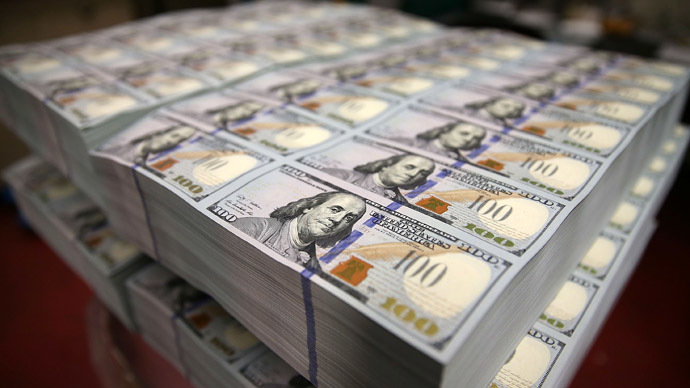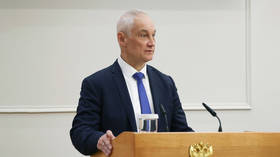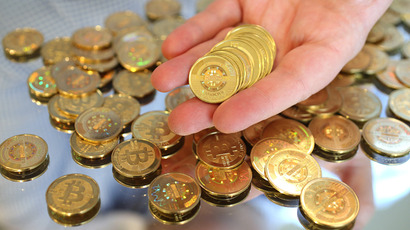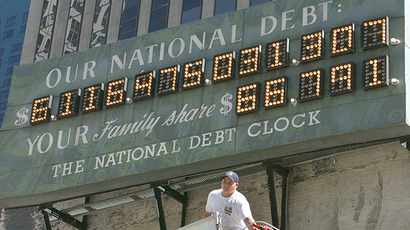US misprinted 30 mln new $100 bills

The US is approaching the release date of its new $100 bills, but the Bureau of Engraving and Printing is facing an embarrassing problem: 30 million bills were incorrectly printed, and fixing them will cost taxpayers an estimated $3.79 million.
The new $100 bills were designed to reduce counterfeiting, and were initially scheduled to be released in 2010. But that summer, the Bureau of Engraving and Printing noticed that the bills were being produced with a blank sliver, due to a fold in the paper. The release date was therefore pushed back to 2011, and again pushed back to Oct. 2013.
But additional printing problems could once again delay the release of the “Benjamins”.
The new $100 bills are designed to contain a Liberty Bell that changes its color, 3-D images that move when the bill is tilted, and a hidden message on the collar of Benjamin Franklin, one of the Founding Fathers. Two currency factories are responsible for printing all US bills.
But the Washington, D.C. factory produced “clearly unacceptable” versions of the $100 bills, according to a July memo that the New Yorker obtained from the bureau. Recent batches that came from the factory were “mashed”, which means they were produced with too much ink and the lines are not as crisp as they should be. The New Yorker compared it to a kid trying “to carefully color inside the lines – using watercolors and a fat paintbrush.”
Once these bills were delivered to the Federal Reserve, they were rejected. Officials have sent back about 30 million of them, and refuse to accept any more bills from the Washington, D.C. factory.

Instead, the factory in Fort Worth, Tx., is now expected to compensate for the defective currency. The currency release date is Oct. 8, and it remains unclear if the government will be able to obtain enough of the bills to get them into circulation. The blunder is also expensive: since it costs about 12.6 cents to produce each bill, making another 30 million costs about $3.78 million, the Atlantic estimates. Additionally, the cost of disposal of the defective bills could be around $12,000.
“There are dire consequences here because BEP sells Federal Reserve notes to the Board to finance our entire operation,” BEP director Larry Felix wrote in an internal memo. “If the BEP does not meet the order, the BEP does not get paid.”
A spokesperson for the BEP told the Atlantic that the Federal Reserve is still planning to release the new currency on Oct. 8, despite “concerns during production validation.”
“We have confidence in our process and employees,” a BEP representative told the New York Daily News, reemphasizing that the agency does not plan to delay the release date a third time.














